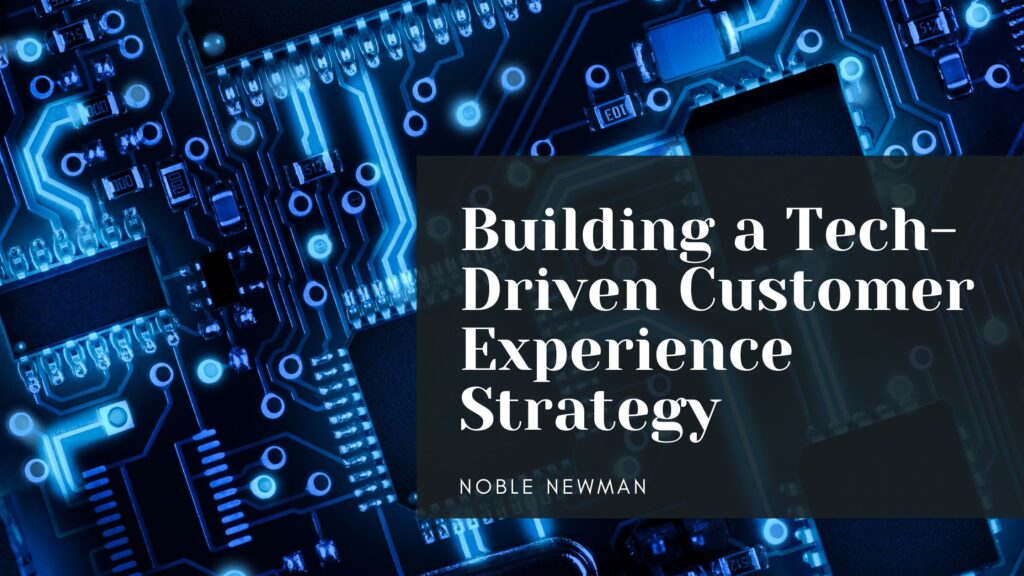In today’s digital age, businesses must prioritize customer experience to remain competitive and relevant. A tech-driven customer experience strategy is essential for meeting the evolving expectations of tech-savvy consumers. This strategy combines the power of technology with customer-centricity to create seamless and personalized interactions.
Here are key steps and considerations for building a tech-driven customer experience strategy:
Customer-Centric Approach:
Start by understanding your customers’ needs, preferences, and pain points. Gather customer feedback through surveys, interviews, and data analysis.
Omnichannel Engagement:
Implement an omnichannel strategy seamlessly integrating various communication channels, including websites, mobile apps, social media, email, chat, and in-person interactions. Ensure a unified brand message and customer journey.
AI and Automation:
Leverage artificial intelligence (AI) and automation to enhance customer interactions. Chatbots, virtual assistants, and AI-powered personalization can provide immediate assistance and recommendations. Automation can streamline repetitive tasks, reducing response times and increasing efficiency.
Personalization:
Tailor customer experiences based on individual preferences and behavior. Use data-driven insights to offer personalized product recommendations, content, and promotions.
Predictive Analytics:
Predictive analytics can forecast customer needs and behaviors. Use predictive models to anticipate customer preferences, potential churn, and cross-selling opportunities. By proactively addressing customer needs, you can enhance the overall experience.
Feedback Loops:
Establish feedback loops to continuously gather customer input. Encourage customers to provide feedback on their experiences, products, and services. Act on this feedback to improve and demonstrate your commitment to customer satisfaction.
Feedback Analysis:
Analyze customer feedback systematically. Use sentiment analysis tools to understand the emotions and sentiments expressed in customer reviews and messages. Identify trends and areas for improvement in your products or services.
Continuous Improvement:
Customer experience is an ongoing process. Regularly review and refine your strategy based on performance metrics and customer feedback. Adapt to changing customer preferences and emerging technologies.
Crisis Management:
Develop a crisis management plan to address customer issues and concerns effectively. Prepare for unexpected events that may impact the customer experience, such as product recalls or service disruptions.
Measuring Success:
Establish key performance indicators (KPIs) to measure the effectiveness of your tech-driven customer experience strategy. Monitor metrics like customer satisfaction (CSAT), Net Promoter Score (NPS), customer effort score (CES), and customer retention rates.
Competitive Benchmarking:
Study your competitors’ customer experience strategies. Identify best practices and areas where you can differentiate your business. Benchmarking can help you stay ahead in the competitive landscape.
Long-Term Relationships:
Focus on building long-term customer relationships rather than short-term transactions. Customer loyalty can result in recurring revenue and positive word-of-mouth referrals.
A tech-driven customer experience strategy is an ongoing commitment to delivering exceptional customer value. By leveraging technology, data, and customer insights, businesses can create memorable and personalized interactions that foster loyalty, drive growth, and differentiate themselves in the market.
